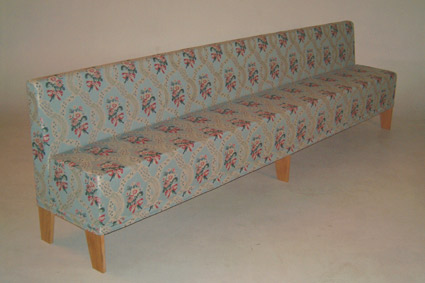Here is Wikipedia’s view of Broch on Kitsch: “While art was creative, Broch held that kitsch depended solely on plundering creative art by adopting formulas that seek to imitate it, limiting itself to conventions and demanding a totalitarianism of those recognizable conventions. To him, kitsch was not the same as bad art; it formed a system of its own. He argued that kitsch involved trying to achieve “beauty” instead of “truth” and that any attempt to make something beautiful would lead to kitsch. “ The question obviously becomes who borrows what? What is original anyway? Plato said that we learn anything new, we just remember what we have forgotten. Isn’t a creative process just that: tapping into our unconscious mind, like we do at night when we dream, creating random images of which we somehow try to recreate some coherence that might work? Some of the work of many of the contemporary Dutch design such as Marcel Wanders and Moooi are trying to achieve: re-shaping the kitschy 70’s products and furniture we remember our grandmothers had (or still have) but in such a way that it fits in a temporary interior, a kind of post-post modernism. We all love kitsch now.
Sofa: Jufferbankje by Piet Hein Eek.
